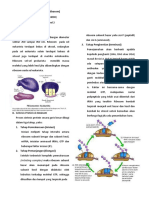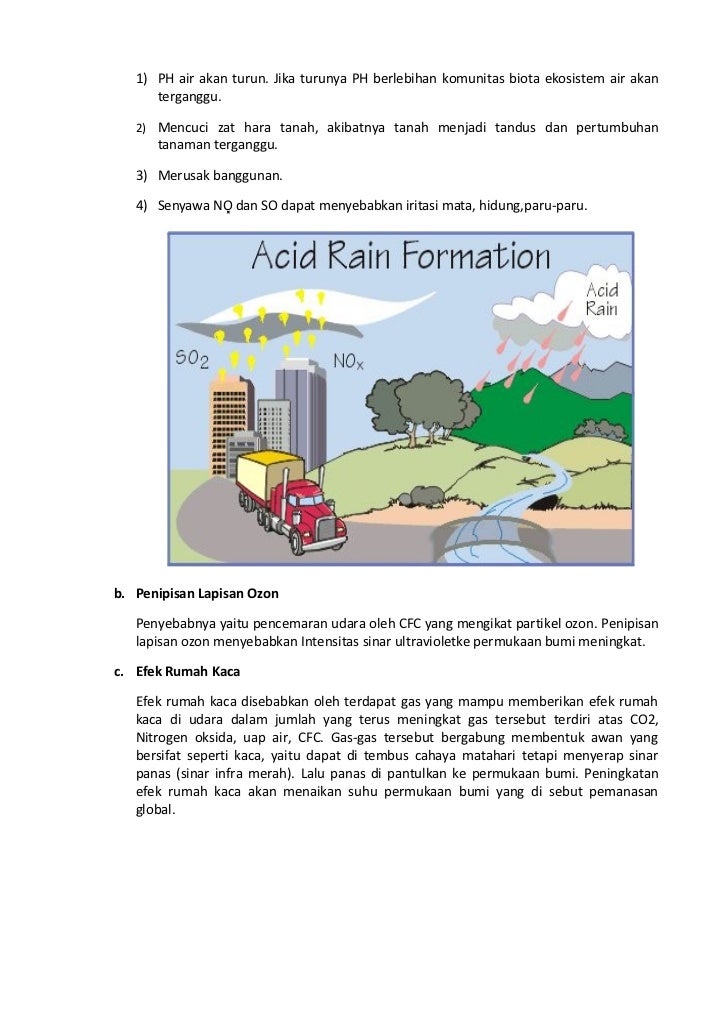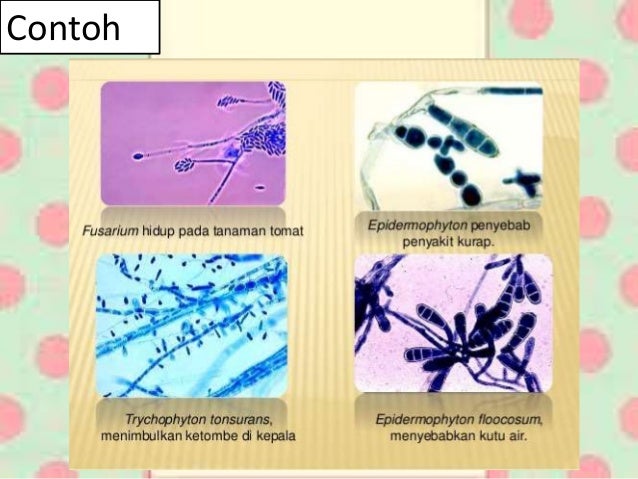Materi Biologi
Oct 28, 2012 - Buy the Kobo ebook Book EDULAB MODUL MATERI BIOLOGI by Education Laboratory at Indigo.ca, Canada's largest bookstore.
Presentation on theme: 'ARTHROPODA Materi BIOLOGI SMA Kelas X Semester Gasal'— Presentation transcript:
1 ARTHROPODA Materi BIOLOGI SMA Kelas X Semester Gasal
SK/KDINDIKATORMATERIEVALUASIKELUARDibuat oleh Drs. Arif Priadi, M.Ed
2 SK DAN KD STANDAR KOMPETENSI Memahami manfaat keanekaragaman hayati
KOMPETENSI DASARMendeskripsikan ciri-ciri filum dalam dunia Hewan dan peranannya bagi kehidupan
3 INDIKATOR Mengenal ciri-ciri umum Arthropoda.
Mengidentifikasi karakteristik berbagai kelas anggota filum arthropoda.Menyajikan data (gambar, foto, deskripsi) berbagai arthropoda yang hidup di lingkungan sekitarnya berdasarkan pengamatan.
4 MATERICIRI UMUMCRUSTACEAMYRIAPODAARACHNOIDEAINSEKTA
5 CIRI UMUM ARTHROPODATubuh beruas-ruas (antar ruas lunak utk pergerakan)Eksoskeleton ( zat khitin)Tubuh : kepala, dada, perut/ cephalothorax, perut/ kepala, perutSistem digestivus lengkapRespirasi: insang/ trachea/ paru-paru bukuTransportasi: terbuka (darah biru, jantung di dorsal)Sistem syaraf: tangga tali (otak, tali syaraf kanan kiri, ganglion)GonokhorisHidup bebas atau parasitKlassifikasi: Crustacea, Myriapoda, Insecta/Hexapoda, Arachnoidea
6 Generalized Anatomy of a Crustacean
Crustacean anatomy is characterized by an external skeleton and a segmented body. In different crustacean species these segments and the accompanying limbs have evolved into specialized appendages for respiration, swimming, crawling, and feeding. The extended inner cavity contains the digestive and nervous systems.
7 Astacopsis mollucensis
8 Astacopsis madagascar
9 Astacopsis desmaresti (jantan)
10 Astacopsis desmaresti (betina)
11 Astacoides madagascare
12 Astacus astacus
13 Atya gabonensis
14
15 Udang karang/ lobster
16 Xantho xantho
17 Daphnia
18 Necora puber.
19 Carcinus maenas
20
21 Moulting/EcdysisThe hard shell, or exeskeleton of the Shore Crab does not growInstead, a soft shell grows inside the crab. Eventually, the crab grows too big and it has to shed its old hard shell. This process is called 'moulting' and it is a very dangerous time for the crab. The new shell is larger than the old one, but it is soft and takes time to harden.While it remains soft, the crab tries to stay hidden so that it is not attacked by hungry fish and other animals. During the moult, the crab can grow back a lost claw, but it will be smaller than the one that was broken off.The old discarded shell looks like a dead crab, but if you look closely you will find there are holes where the eyes should be. It is hollow inside and it will sometimes float to the surface where it may be washed ashore. 1. Premoult (Peeler) stage; A new soft exoskeleton forms underneath the old outer shell, and the calcium is resorbed into the blood from the old skeleton.2. Ecdysis: The old exoskeleton splits open and the crab withdraws and begins to rapidly absorb water. Prawns 'jacknife' out of their skeleton leaving a spectre of their former selves.3. Postmoult (Soft-back) stage: The crab hides away until the new skeleton hardens. In large crab species, feeding stops for several days.4. Intermoult This is the intervening stage. However, it should be noted that changes are constantly in progress, the carapace becomes rigid first, before the legs, and tissue growth continues internally.

22 Pagurus bernhardus
23 Glaucus
24
25
26 Udang galahMacrobrachium rosenbergii.
“These cameras put the benefits of edge technology within reach for any A&E or integrator wanting to add redundancy and flexibility to their designs.” DW’s new MEGApix CaaS cameras are multi-hybrid cameras that function both as a camera and recorder, eliminating the need for a dedicated server. Our latest innovations provide the market with cameras offering local edge storage and 2.1MP resolution “Digital Watchdog has always developed products designed to solve specific customer needs, and the MEGApix CaaS cameras do that with the latest edge technology,” said HK Lee, CEO, Digital Watchdog. MEGApix CaaS cameras offer an advanced arsenal of image enhancement features such as true day and night functionality, WDR, backlight compensation and 3D digital noise reduction.  The cameras offer real time live and recorded 2.1MP resolution video at 30fps, simultaneous analog and IP signal outputs and come in 3.0~10mm motorized auto focus lens or CS mount lens box camera models. “This new camera series offers the ultimate in flexibility and redundancy.” “The MEGApix CaaS cameras are representative of my vision for more intelligent and usable video surveillance systems,” said Ian Johnston, Founder and CEO of Innovative Security Designs (ISD ) and CTO of Digital Watchdog.
The cameras offer real time live and recorded 2.1MP resolution video at 30fps, simultaneous analog and IP signal outputs and come in 3.0~10mm motorized auto focus lens or CS mount lens box camera models. “This new camera series offers the ultimate in flexibility and redundancy.” “The MEGApix CaaS cameras are representative of my vision for more intelligent and usable video surveillance systems,” said Ian Johnston, Founder and CEO of Innovative Security Designs (ISD ) and CTO of Digital Watchdog.
27 Udang harimau
28 Udang minyak
29 Udang puteh
30 Udang solo
31 CentipedeThe centipede is distinguished by a segmented body, with each segment bearing a single pair of legs. The antennae and modified front pair of legs are also segmented. Centipedes are carnivorous, using the modified legs, strong mandibles, and a poison gland to capture and kill their prey.

32 MillipedeThe millipede is a segmented arthropod found in damp, moist habitats worldwide. The body of the millipede may have from 9 to over 100 individual segments, each of which bears a pair of legs. Millipedes feed on decaying vegetation and are generally harmless. When threatened or handled, they curl up in a tight ball. Demonoid. For defense against insect predators, millipedes rely on their stink glands, which secrete a noxious chemical substance that repels predators..
33 Generalized Anatomy of an Arachnid
This illustration shows a generalized anatomy of arachnids, the group that includes scorpions, ticks, mites, and spiders. Anatomical features such as the pedipalps and chelicerae modify for different uses in various arachnid species. While arachnids are sometimes mistakenly grouped with insects, the two groups differ in at least two key anatomical features. Arachnids do not possess antennae, whereas insects do; and arachnids have four pairs of walking legs, rather than the three pairs possessed by insects. Among arachnids, only spiders have the spinneret appendage, used for spinning silk.
34 Florida Argiope (Argiope florida)
Materi Biologi Smp
35 Daddy Longlegs (Leiobunum sp.)
36
Nov 7, 2018 - Download Lagu Glenn Fredly MP3 Offline Apk 1.0 com.enyengapp.lagu.glennfredly free- all latest and older versions apk available. Lagu GLENN FREDLY Mp3 Android 0.1 APK Download and Install. SELECT, LISTEN AND ENJOY. Lagu glenn fredly mp3.
37 Anatomy of a Grasshopper
This illustration of a grasshopper depicts the tiny circular openings called spiracles through which most insects obtain oxygen. From the spiracles, tubes called tracheae reach deep within the body to supply oxygen to every cell
38 Anatomy of an InsectThis jewel beetle has been dissected to show the various components of its anatomy. The head, or front segment, contains the mouth, eyes, and antennae. The first segment of the thorax, located just behind the head, bears the first pair of legs. The large posterior section of the body, including the second and third segments of the thorax and the abdomen, contains the remainder of the walking legs and all the vital body organs. The wings lack muscles and are manipulated by muscles located inside the abdomen. The outer surface of the body, called the exoskeleton, is protected by a hard chitinous material.Dorling Kindersley
39 Butterfly and Moth Anatomy
Some of the anatomical features of butterflies and moths are shown in this illustration. Like all insects, they have a body with three main parts—head, thorax, and abdomen—and have three pairs of jointed legs on the thorax. Butterflies and moths are also characterized by their two pairs of large, scale-covered wings and by mouthparts that form a long proboscis for sipping nectar.
40 External Anatomy of a Fly
Like other insects, the fly has three distinct body regions: the head, the thorax, and the abdomen. The head bears the eyes, a pair of antennae, and the mouthparts. Legs and wings attach to the thorax. The segmented abdomen contains the tiny openings through which the fly breathes. The last few segments of the abdomen are modified for mating and egg laying
41 Generalized Anatomy of an Insect
All adult insects have three main body parts—the head, which holds an insect’s primary sense organs; the thorax, which is the attachment site for the legs and wings; and the abdomen, which contains the organs for digestion and reproduction. All of the insect’s soft inner body parts are protected by an external skeleton, or exoskeleton, made of semirigid plates and tubes.
42 Compound EyeThe eyes of insects and many other arthropods are compound, each composed of up to several thousand individual visual organs called ommatidia. The surface of each ommatidium is a hexagonal lens, below which is a second, conical lens. Light entering the ommatidium is focused by these lenses down a central structure called the rhabdom, where an inverted image forms on light-sensitive retinular cells. Pigment cells surrounding the rhabdom keep light from other ommatidia from entering. Optic nerve fibers transmit information from each rhabdom separately to the brain, where it is combined to form a single image of the outside world.© Microsoft Corporation. All Rights Reserved.
43 Compound Eyes of a FlyThe head of the common house fly is dominated by a pair of large compound eyes containing approximately 4,000 image-forming elements called ommatidia. Each cone-shaped ommatidium consists of a lens, a crystalline rod, and a collection of light-sensitive cells.Oxford Scientific Films/Kjell B. Sandved
44 Antennae of an Atlas Moth
The featherlike antennae of this atlas moth make it extremely sensitive to scents. Male atlas moths can detect odor-carrying molecules called pheromones released by females at a distance of many kilometers away.

45
46
47 AphidsAphids are small, plant-sucking insects harmful to many commercially important plants. Although humans consider them pests, aphids are important to a number of species of ants. For example, honeydew ants keep herds of aphids and periodically “milk” them for their honeydew by stroking the aphids gently with their antennae. Ants will aggressively protect their aphids and may even move them when they are in danger, transferring them into temporary shelters or new nests. Some ant species also move their aphids into underground shelters or burrows during the winter months.
48 Aphids on a Cabbage Plant
Aphids are small insects found throughout temperate regions of the world. They parasitize a variety of wild and commercially important plants by sucking out plant fluids. Because aphids exude a sweet, sticky fluid that can be used by certain species of ants, herds of aphids are often found guarded and tended by ants.
49 Tiger Beetle (Cicindela duodecimguttata)
50
51 HymenopteraThis order contains at least 100,000 species in two suborders; Symphyta (wood wasps and sawflies), and Apocrita (wasps, bees and ants)The hymenopteran life cycle involves metamorphosis of egg-larva-pupa-adult.The honey bee provides the honey and bee's wax of commerce which is worth millions of dollars annually. Of even greater value is the pollination of crops: fruits, seeds, timber, etc
52 DragonflyThe dragonfly is commonly seen around ponds, lakes, swamps, and marshes. It has large compound eyes and two pairs of large wings. The dragonfly captures flies, gnats, mosquitoes, and other small insects with its basketlike legs as it flies above the water surface. All dragonflies have an aquatic larval form that may spend up to two years or more on the bottoms of ponds, lakes, and streams feeding on small fish, tadpoles, and other aquatic insects and their larvae.
53 Formicidae Camponotus chromaiodes Pseudomyrmex apache worker
Eciton hamatum, Army Ant
54
55 Homoptera Acanaloniid planthoppers
56 ColeopteraAlleculidae
57 OrthopteraBlatella
58 ApterygotaThey are most active at night, feeding as herbivores or scavengers on algae, mosses, lichens, or decaying organic matterSexual maturity is reached after at least eight juvenile instars spanning up to two years. Molting continues periodically even after adulthood. The sexes are separate, but copulation does not occur. Males produce a packet of sperm (spermatophore) and leave it on the ground to be picked up by a female. Females cannot store sperm (they lack a spermatheca), and evidently acquire a new spermatophore before each bout of egg laying. Eggs are laid singly or in small groups (<30). Some species have elaborate courtship rituals to insure that females are able to locate a spermatophore.Some bristletails can jump up to 10 cm (4 inches) by snapping their abdomen against the ground.
59
60 Autochton cellus
61 Nymphalis antiopa
62 Agraulis vanillae
63 Hemiargus ceraunus
64 Battus philenor
65 EVALUASI Jawablah pertanyaan berikut dengan tepat
1. sebutkan minimal 3 ciri umum arthropoda2. Jelaskan perbedaan yang ada pada masing-masing kelas anggota arthropoda dalam hal:a. pembagian tubuhb. jumlah alat gerak dan letaknya pada tubuhc. alat pernafasan3. Sebutkan kelima kelas yang ada pada arthropoda beserta contoh speciesnya masing-masing minimal 24. Sebutkan masing-masing 3 contoh arthropoda yang menguntungkan dan merugikan.